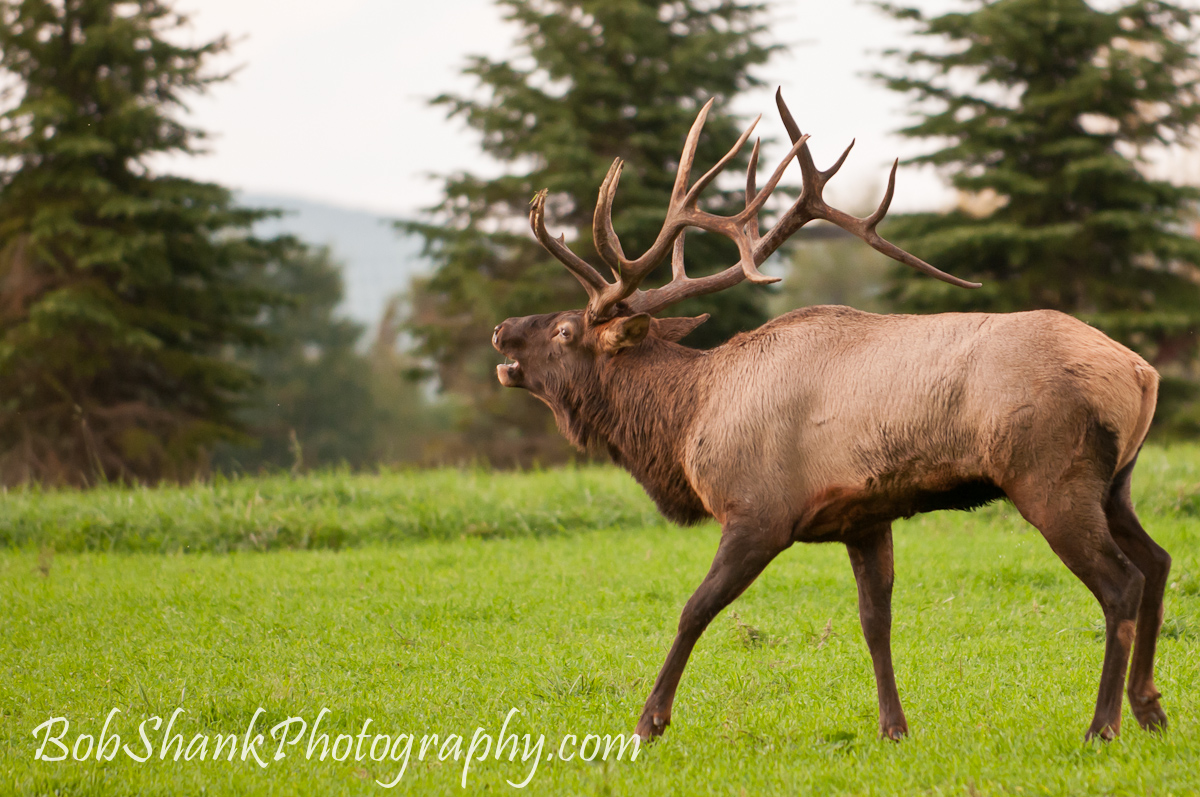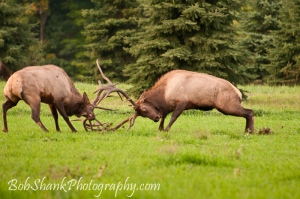How I Photograph the Pennsylvania Elk is a book I wrote to share my methods of how I photograph the beautiful Pennsylvania Elk. I don’t pretend to be an expert on the subject; I just wanted to share with others what works for me. I am blessed to have incredible mentors who shared with me and now I am sharing my photography passion in return.
Over the past 22 years I have spent time walking through the hills of Elk County near Benezette, PA. I own some property up on Winslow Hill and thoroughly enjoy every minute I get to spend up there! My photo passion has increased greatly over the last four years and some of my photographs appeared in a few newspapers and the Pennsylvania Game News. I also have postcards, matted prints, photo buttons, and printed copies of my book available for sale at the Elk Country Visitor Center.
Wildlife photography is like nothing else in the world to me and I can’t wait to be out in nature trying to capture the beauty of God’s incredible creation! In this book I share some of my favorite methods of finding the elk. Then I share some techniques to make quality photographs. I also go through the seasons of the elk and talk about how to brave the elements when photographing them. Photo equipment is mentioned, too. My favorite chapter is “Don’t Just Shoot the Bull,” and encourages the photographer to aim the camera toward the cows, calves, and spikes, too!
The new eBook version can be uploaded to an iPad, and iPhone, or your computer.
Check it out here: How I Photograph the Pennsylvania Elk


